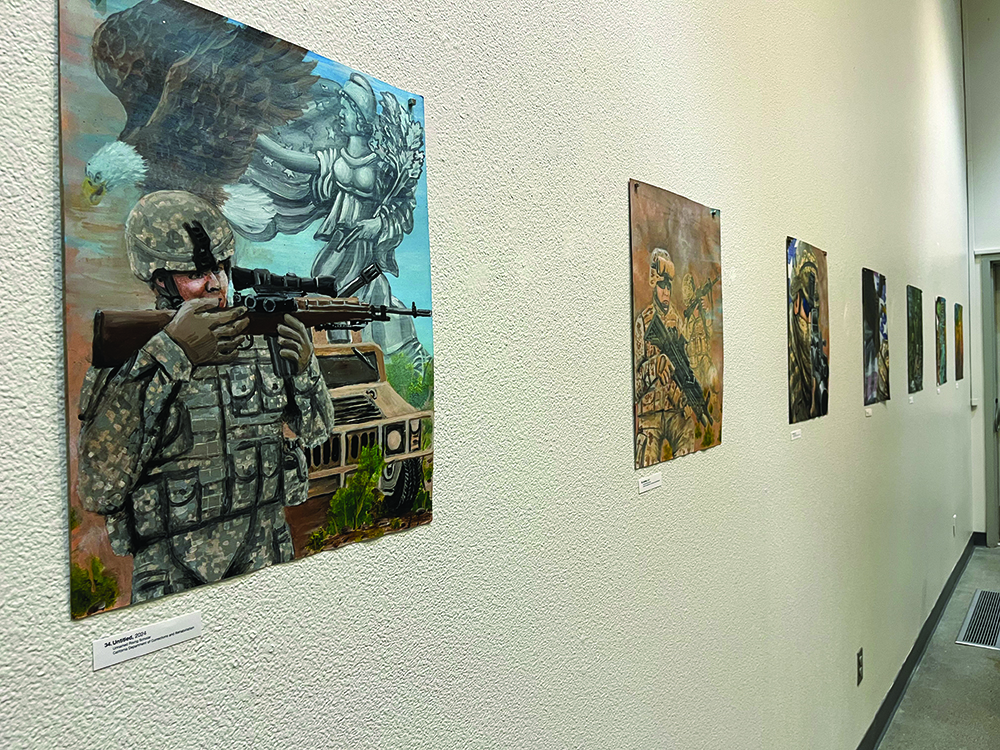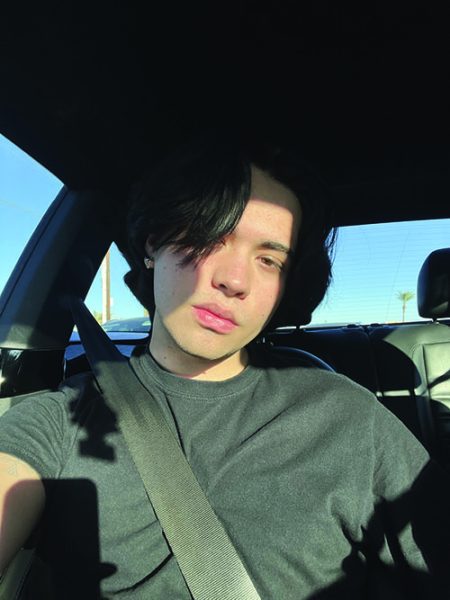White Woman Nightmare land
October 24, 2022
Our love for horror scares us white but sometimes it neglects others that do not have the same skin tone. The relationship of horror and women have existed for centuries; however, oftentimes the relationship had only existed with that of white women and neglected other women of color.
In the past, horror has often only focused on white women and their fears of surrounding dangers. Horror films such as “Psycho,” “Texas Chainsaw Massacre,” “Halloween” and “The Silence of the Lambs” hones in on the fears of white women. Specially what they define as danger to their society such as poor disgruntled workers, fears towards dangers in suburbia, non-hetero and non-cis individuals. Although, their fears deserve to be acknowledged, the intense focus on their issues often neglect women of color and other women who lack privilege.
This is problematic as most violence perpetrated on women is often focused on women of color in the real world as in a Special Report “Characteristics of Suspected Human Trafficking Incidents, 2008-2010” by the U.S. Department of Justice Office of Justice Programs Bureau of Justice Statistic. It states, “Confirmed sex trafficking victims were more likely to be white (26%) or black (40%), compared to labor trafficking victims, who were more likely to be Hispanic (63%) or Asian (17%).”
And in the exclusive summary “The Status of Black Women in the United States” by Institute for Women’s Policy Research said, “More than 40 percent of Black women experience physical violence by an intimate partner during their lifetimes (41.2 percent), compared with 31.5 percent of all women.”
The fears and experiences of women of color deserve to acknowledged and represented on the big screen.
Another issue is the lack of Black women villains in horror as most villainesses in horror are often solely portrayed as white in flicks such as “Carrie”, “Jennifer’s Body” and “Pearl.” This is important as the female villainess serve as a point of catharsis for audiences, especially women, as their story often centers on revenge plotlines with women seeking vengeance due the grievances that society, and to a wider extent men, has committed against them. And none are more fitting to this feeling than women of color and other minorities who are often victims of misogyny, racism and sexism.
Although, horror movies such as “Us,” “Nope,” “Barbarian,” and “Ma” are confronting this trope of white women in peril within horror and as villainess there is still a long way to go for equal representation within horror.







